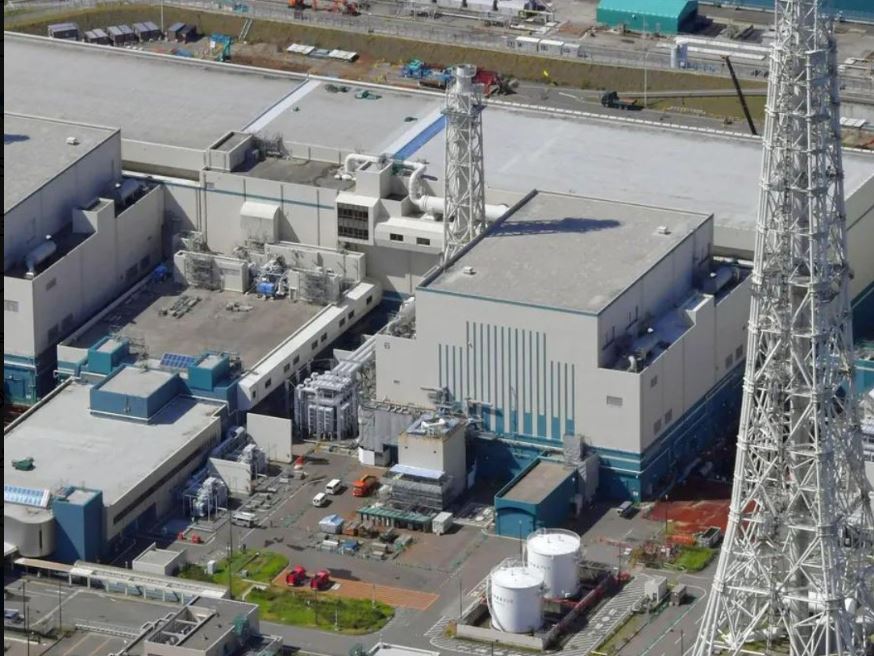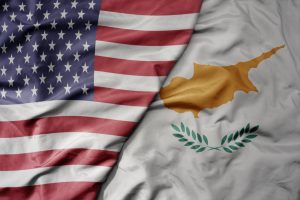It was one of very few economies to get a boost from the Covid-19 pandemic. That unusual dividend is now unraveling, in a fresh blow to Europe’s already weakened growth outlook.
Home to large U.S. technology and pharmaceutical companies that saw their sales boom during the pandemic, tiny Ireland recorded annual growth of 10.5% on average between 2020 and 2022 while other economies contracted under the effect of lockdowns.
No other country grew as fast during this time apart from smaller Guyana, which enjoyed an oil boom. For Ireland, the Covid-induced spurt crowned a decade that saw the country’s economy double in size while the rest of the eurozone grew by 13%.
Now that boom has run its course. By the end of the third quarter, Ireland’s economy was 4.7% smaller than a year earlier, the largest decline recorded by any European country over that period. According to the Economic and Social Research Institute, the country’s leading think tank, the economy is on course for its largest annual contraction since 2009.
Having helped European growth figures look better in the past decade, now Ireland is dragging them down. According to the European Union’s statistics agency, the eurozone contracted by an annualized 0.4% in the three months through September. Excluding Ireland, the region’s gross domestic product was flat.
The reversal in Ireland’s contribution to European growth has been sharp and sudden. At the start of the year, the EU expected Ireland’s economy to grow by 5.5% this year. On Wednesday, it said it now expected Ireland’s economy to contract by 0.9%. Partly as a result, the EU now projects the eurozone economy to grow by 0.6% this year, having earlier forecasted to see an expansion of 1.1%.
It isn’t yet clear whether the slowdown marks a pause or the end of Ireland’s decadelong growth run. Yet there are signs that the period of rapid globalization that began with the fall of communism in the late 1980s, and which opened Ireland’s path to prosperity, has ended and that the world is becoming more economically fragmented.
“Deepening geoeconomic fragmentation may pose a threat to Ireland’s existing economic model and be disruptive in the short term,” the International Monetary Fund warned after its annual review of the country’s economy.
The rearrangement of supply chains that took off in the 1990s has built closer ties between distant economies, such as Ireland and China.
Initially, these ties gave Ireland direct exposure to China’s meteoric growth. Now they are a source of vulnerability. A good example is the Wyeth Nutrition infant formula factory in Askeaton, in western Ireland, whose 491 employees were told last month that the facility would likely close in early 2026. The plant, owned by Swiss food company Nestlé, produced for the Chinese market, where competition has intensified as Beijing aims to boost local suppliers while the number of babies is falling sharply.
Neil McGowan, an official with the trade union that represents the Askeaton plant’s workers, said Nestlé had “put all the eggs in the Chinese basket…When it’s going well, that’s fantastic. When it’s not going well, you’re exposed.”
China’s market is more important to Irish exporters than it is to any other EU country except Germany. According to the EU, 6.8% of Germany’s overseas sales were destined for China in 2022, while the world’s second-largest economy accounted for 6.4% of Ireland’s exports. Exports to China accounted for 2.8% of Germany’s total economic output during that year, and 2.6% of Ireland’s gross domestic product.
Irish economists had expected the country’s exports to cool this year after the very strong growth recorded since the start of the pandemic. In particular, they expected demand for pharmaceutical companies to weaken as the world economy reopened and fewer medicines were needed to combat the pandemic.
All this happened, as did an unexpected drop in semiconductor sales, something Irish economists think may reflect a U.S. ban on the sale of semiconductors to China.
“The negative GDP figure for this year is really related to company-specific issues,” said Conor O’Toole, an economist at the Economic and Social Research Institute.
Some U.S. businesses that record profits in Ireland don’t make or sell much there. Many pharmaceutical and medical equipment companies commission factories in China and elsewhere to make products for sale in the U.S. and other countries. The profit, meanwhile, is recorded and taxed at a comparatively low level in Ireland, where those companies own their patents.
The value of such exports attributed to Ireland surged during the pandemic, from 16.8 billion euros in the first three months of 2020, equivalent to around $18.2 billion, to €46.1 billion in last year’s fourth quarter, before falling sharply in the first six months of this year.
That was likely driven by a cooling of demand after the pandemic surge. The Irish central bank also worries about the U.S. adopting more protectionist measures against China.
“Given the volume of activity that is based in China…it is possible that future weakness in off-shore export activities could be observed in data for the rest of 2023 and into 2024,” the central bank wrote in a recent report.
For now, the difficulties faced by Ireland’s U.S. tech and pharma businesses have had a limited impact on the rest of the country’s economy. The jobs market is starting to weaken, with the unemployment rate rising to 4.8% in October from a record low of 4.1% in May.
Still, the IMF says that Ireland is well placed to adapt to changes in the global economy given its “strong fundamentals and sound policies.
“We remain positive about Ireland’s economic outlook, although it is clouded by considerable external risks,” the IMF said.


